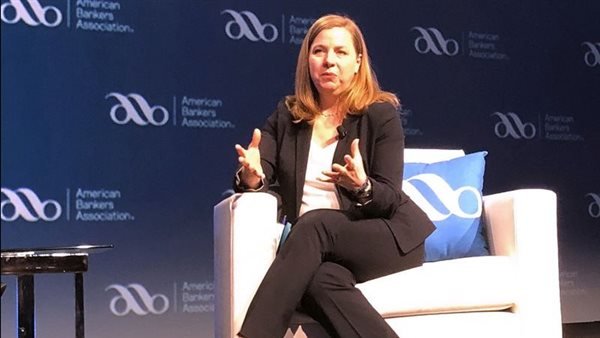
US Federal Reserve Bank member Michelle Bowman said that inflation risks to the economy remain real and that labor market data is difficult to interpret, which indicates caution as more central banks make decisions on lowering interest rates.
“I continue to see greater risks on the price stability side of our state, especially when the labor market remains close to full employment,” Bowman said in her appearance at the Missouri Bankers Association’s Executive Management Conference. With that in mind, “I prefer that we proceed cautiously and gradually with rate cuts, as inflation remains high.”
Bowman, whose comments focused mainly on banking issues, spoke after the release of detailed data on the performance of the labor market during the month of November. Employment rebounded sharply after a difficult October, with an increase of 227,000 jobs, while the unemployment rate rose to 4.2% from 4.1% in the previous year. previous month.
The jobs data helped boost market expectations that when policymakers meet at their next meeting of the Federal Open Market Committee on December 17-18, they will lower the target range for the federal funds rate, which now ranges between 4.5% and 4.75%, by a quarter of a percentage point. It would reduce the primary leverage the Fed has been using to influence the economy by a full percentage point since September.
Expectations of interest rate cuts have been strengthened by easing inflation pressures, coupled with fears that tight monetary policy will lead to problems in the labor market.
Bowman has expressed opposition to the size of the Fed’s interest rate cuts in September, and remains concerned about inflation.
Bowman declined to express her opinion on what the Federal Reserve should do at the next meeting.
She said the next week’s inflation data “will help support my decision or approach in how I think about the FOMC decision in a week and a half.”
In her statements, Bowman stressed that the economy is still strong, noting that core inflation is higher than the Federal Reserve’s target and that the unemployment rate, even with its rise, is still much lower than its long-term average.
She continued: “We have seen progress in reducing inflation, but this progress appears to have stopped this year.” At the same time, the labor market has reached “full employment” and data describing employment status has become “increasingly difficult to interpret” and shows signs of “unreliability” in the face of “measurement and data review challenges.”
“I remain cautious about taking cues from only a limited set of real-time data such as labor market data,” Bowman added.
The Fed Governor also questioned the prevailing feeling among central bankers that the current level of interest rates provides constraints on the economy. “It is difficult to imagine that the level of interest rates is restrictive at this stage,” she said, given the economic performance.



